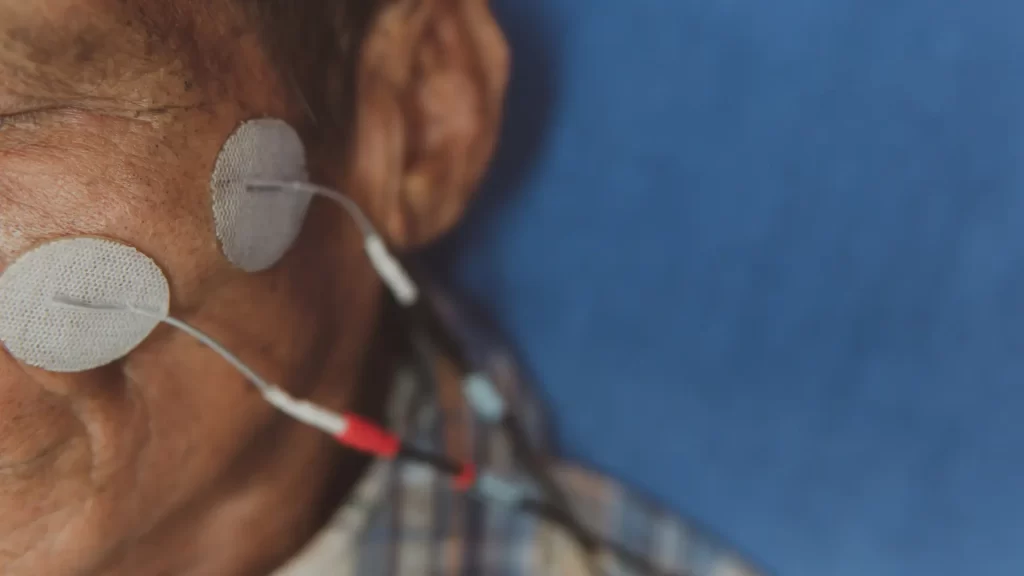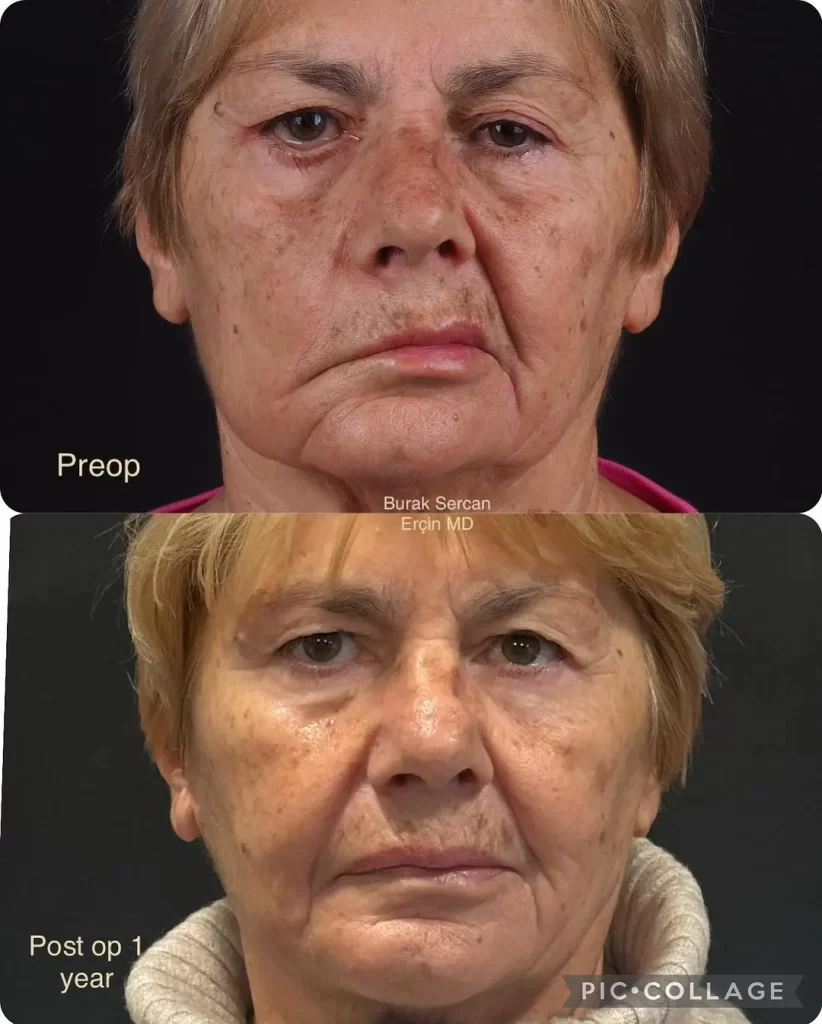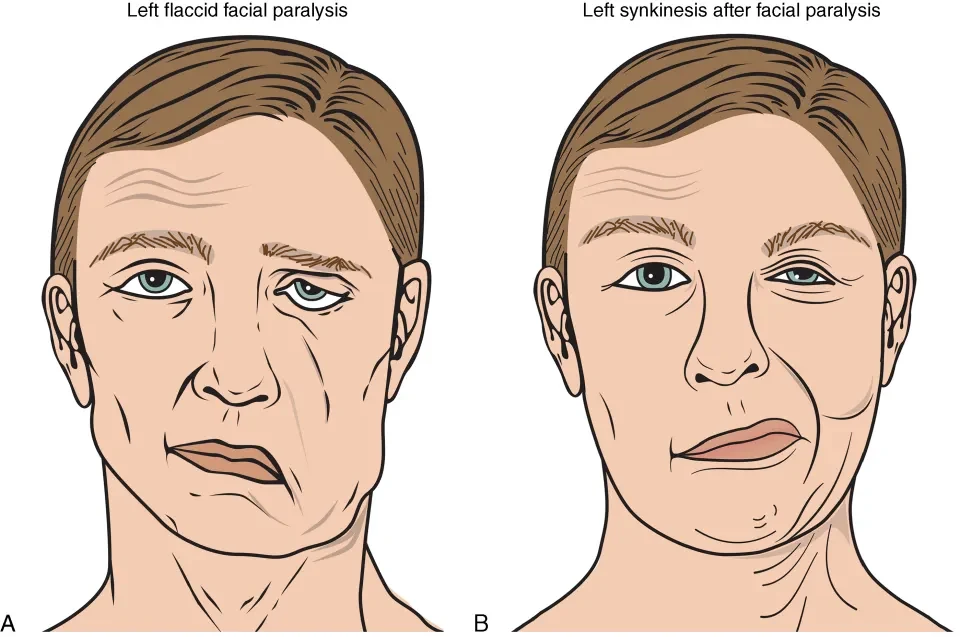Bell’s palsy manifests as an inexplicable occurrence of weakened or paralyzed facial muscles, affecting individuals of diverse ages. While it can strike anyone, there is a higher incidence among pregnant women, individuals with diabetes, those with influenza, a cold, or other upper respiratory conditions. The condition affects both genders equally, with a lower occurrence before the age of 15 or after the age of 60. In this blog, we delve into subjects like understanding Bell’s palsy and exploring the most effective treatments. Continue reading for valuable insights!
What is Bell’s Palsy (Facial Paralysis)?
Bell’s palsy is a transitory disorder characterized by facial paralysis, which usually affects the muscles on one side of the face. While viral infections can induce inflammation, a large majority of Bell’s palsy cases are idiopathic, meaning there is no clear and identifiable cause. Symptoms may include an uneven smile or trouble fully closing one eyelid.
What is the optimal treatment for Bell’s palsy?
Individuals diagnosed with Bell’s palsy are recommended to receive oral corticosteroids as part of their treatment plan. In cases of Bell’s palsy, a combination approach involving both oral corticosteroids and antivirals may be contemplated to lower the occurrence of synkinesis. Administering antivirals alone is not advised for the treatment of Bell’s palsy in patients.
What medications can treat Bell’s palsy?
Frequently prescribed medications for addressing Bell’s palsy encompass corticosteroids, such as prednisone. Renowned for their potent anti-inflammatory properties, these medications aim to alleviate the swelling of the facial nerve. The objective is to create a more accommodating fit for the nerve within the surrounding bony corridor.
Can physical therapy help to regain facial function?
Although there is limited research in this field, certain studies suggest that engaging in facial exercises may contribute to enhancing facial functionality following an episode of facial paralysis. Collaborating with a skilled physical therapist enables patients to acquire techniques for exercising facial muscles, aiming to regain lost function.

When do doctors consider surgery?
For individuals experiencing full Bell’s palsy unresponsive to conventional medical treatments, and exhibiting over 90% axonal degeneration, surgical intervention becomes a potential consideration. This is particularly applicable when facial nerve electromyography (EMG) reveals substantial degeneration within three weeks from the onset of paralysis.
Factors to Consider When Dealing With Facial Palsy
- Eye management: Proper eye care is essential while treating facial palsy. Because of the potential challenges in eyelid closure, preventive measures and careful treatment are required to maintain eye health and avoid consequences such as dryness or corneal abrasions.
- Oral management: Individuals with facial palsy require careful attention to their dental health. Facial muscle control deficits may impair oral functioning, necessitating solutions for maintaining correct oral hygiene, preventing dental problems, and providing enough nutrition.
- Pain relief: Pain management is an essential component of controlling facial palsy. Patients may experience discomfort as a result of muscular spasms or nerve pain. Tailored pain treatment measures, such as drugs or physical therapy, should be considered to improve the individual’s overall health.
- Mental health: The psychological effects of facial palsy should not be neglected. Individuals may have issues with self-esteem, social interactions, and emotional well-being. Mental health support, such as therapy or support groups, is vital for meeting the holistic needs of people living with facial palsy.
Facial Paralysis Treatment with Dr. Burak
The journey to facial paralysis recovery demands intricate care and expertise. Dr. Burak, with his extensive experience, is dedicated to guiding individuals through this complex process, turning dreams into reality with remarkable results. For additional information, please feel free to reach out to us!


Bell’s palsy FAQ
How can I recover from Bell’s palsy quickly?
In the initial days of Bell’s palsy recovery, one may opt for oral corticosteroids or antiviral medication to enhance the likelihood of a complete recovery. Additionally, healthcare providers might prescribe lubricating eye drops or ointment to safeguard the affected eye. Recommendations for physiotherapy or facial massage may also be suggested as part of the overall treatment plan.
What should you avoid if I have Bell’s palsy?
Due to the essential role of the amino acid arginine in viral replication, it is advisable to steer clear of foods with a high arginine content. This encompasses various nuts like walnuts, hazelnuts, and Brazil nuts, along with the majority of seeds, including sesame seeds and pumpkin seeds. Also, be cautious with rice and dry, crumbly foods, as they may pose difficulty and trigger coughing.
What is the best position to sleep with Bell’s palsy?
In the majority of situations, there’s no specific preference for one side over the other. Whether you’re currently in the acute stage of facial palsy, have already recovered, or are facing some complications, you have the flexibility to choose the side that provides greater comfort for your sleep, ensuring a more relaxed and restful experience.
Do facial exercises help with Bell’s palsy?
In the journey toward recovering from Bell’s palsy, incorporating facial exercises plays a pivotal role in achieving a secure and efficacious rehabilitation. Collaborating closely with a skilled physical therapist empowers individuals impacted by Bell’s palsy to acquire precise exercises tailored to expedite recovery and enhance the strength of facial muscles.
Should I massage Bell’s palsy?
Massage therapy for Bell’s palsy is occasionally advised as an integral component of facial paralysis treatment. Initially, a massage or physical therapist imparts the techniques of self-massage for Bell’s palsy to the patient. Subsequently, the therapist administers professional massage therapy for Bell’s palsy, addressing any concerns or inquiries raised by the patient.
Can I drink coffee with Bells palsy?
Individuals in the recovery phase of Bell’s Palsy are advised to steer clear of alcohol and caffeine. It is also recommended to refrain from applying any pressure to the face. Optimal recovery involves avoiding stimulants such as caffeine, alcohol, and tobacco.
How do you know if Bell’s palsy is healing?
The majority of individuals experiencing Bell’s palsy typically undergo recovery within a few weeks. Signs of improvement in facial expressions or tingling sensations may signify the progression of recovery. Nevertheless, in cases where there is significant damage to the facial nerve, the recovery process may extend over a more prolonged period.











